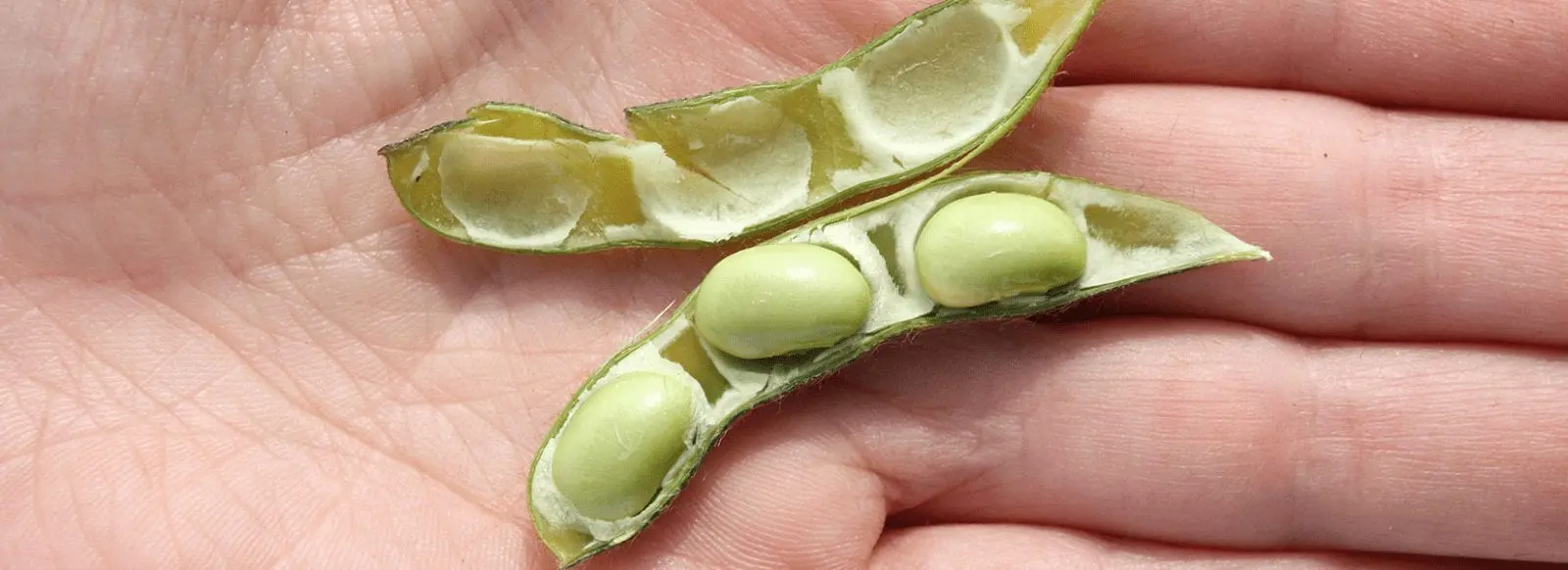It’s not often that three generations agree on what the future holds, but that’s exactly what happened when the owners of Meyer Farms recently discussed where they think soybean yield is headed. The Meyer family farms approximately 1,300 acres of soybeans near Carlisle, Ill. All three farmers in the family – George Meyer; his son, David; and grandson, Matthew – not only anticipate plenty of future opportunities to keep increasing yield, but also agree on the biggest obstacle: Mother Nature.
George Meyer, who has been farming for 55 years, thinks advancements in plant health and standability have positively impacted yield.
“Genetics and breeding have come a long way since I started farming, and now I look forward to seeing what new varieties are developed each year,” he says. “When I started farming in the sixties, I was pretty pleased when my soybean yield averaged 25 to 30 bushels an acre. Yields began to increase when we first started blending bean varieties in the same field. I anticipated seeing yield continue to increase, but the growth has exceeded my initial expectations.”
Active in the farming operation since 1983, David Meyer says he has watched yield steadily increase by five to seven bushels an acre since the early ’80s and won’t be surprised if farmers see a noticeable yield jump in the next few years.
After graduating from the University of Missouri with degrees in agricultural economics and agriculture systems management, Matthew Meyer came back to work the family farm full-time about two years ago. Agreeing with his father, he anticipates bumping up yields significantly in the near future.
“In the last couple of years, I’ve noticed seed companies focusing a lot of research back on beans,” says Matthew, who represents the fifth generation to farm the Meyer land. “I think continuously improving genetics and seed treatments will be huge players in increasing soybean yield. With the growing variety of soybeans currently available, farmers can maximize yield by picking and choosing beans that are just right for every different area of the farm.”
In addition to the weather, he anticipates major challenges to yield growth will continue to be disease and weed pressure.
“Some of our fields are getting new weeds that we’ve not had in our area before,” says Matthew. “Weeds that used to be found only in one area of the country are on the move, so we have to remain vigilant and flexible.”
The Meyers, who currently average 50 to 60 bushels an acre, won’t be surprised to see yield pushing toward 70 or 80 bushels an acre and don’t think 100-bushel-an-acre yields will be out of the question in good years.
“I’ve watched yield steadily improve over the last 50-plus years, but sure didn’t think we’d be talking about 80 bushels an acre in my lifetime,” says George Meyer. “Yield growth has exceeded my all my expectations.”

